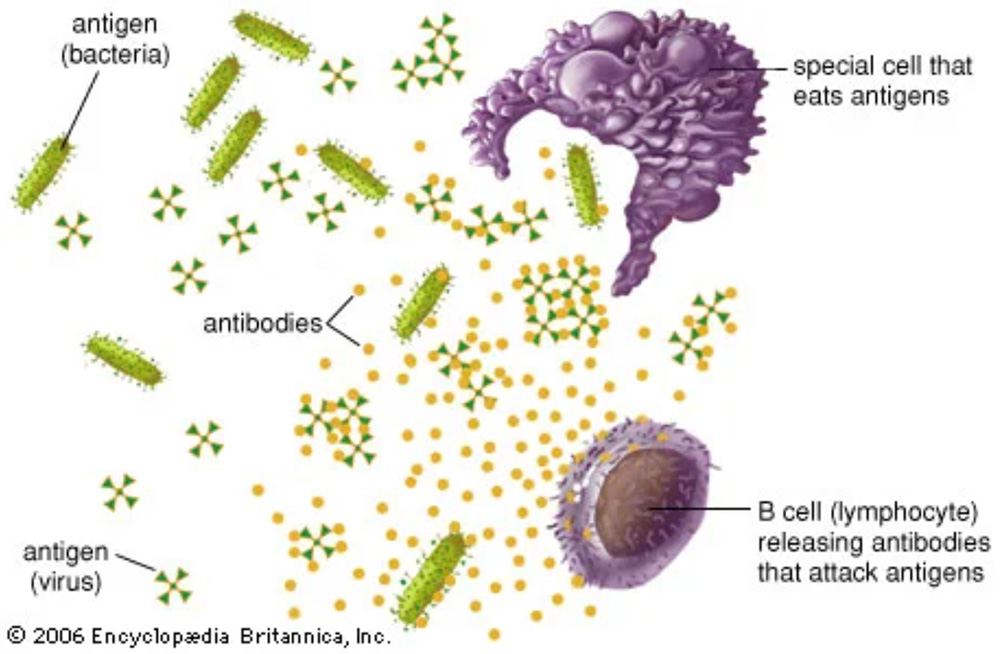Antibodies, also known as immunoglobulins, are like the body’s own defense soldiers made by our immune system to fight off invaders called antigens, which can be viruses or bacteria. These protein soldiers do more than just protect us from illnesses; they are also helpful in scientific research and medical tests because they can bind very specifically to certain molecules we want to study.
The journey from an immune response to a research tool involves preparing antigens, immunizing animals, and generating antibodies that are then meticulously collected and purified for research purposes. This process is pivotal for scientists aiming to develop probes or therapeutic agents with high precision.
Immunization to Isolation: A Closer Look
Antibody Production: A meticulous process that starts with the preparation of immunogens and ends with the generation of antibodies, ready to be used in groundbreaking research.
Purification Techniques: From simple precipitation to sophisticated affinity chromatography, the purification process ensures that antibodies are isolated with the required purity for their intended use.
Antibody Modification: With purified antibodies, the next steps may include fragmentation, labeling, and immobilization. These modifications tailor antibodies for specific applications, from enhancing the clarity of cellular imaging to increasing the sensitivity of diagnostic tests.1
Cutting-Edge Applications
Antibody Fragmentation: Tailoring antibodies by removing non-essential parts, enhancing their utility in various experimental setups.
Labeling and Immobilization: Conjugating antibodies with detectable markers or attaching them to solid supports, broadening their application in scientific research.2
- Harlow, E., & Lane, D. (1988). Antibodies: A Laboratory Manual. Cold Spring Harbor Laboratory Press.
- Murphy, K., & Weaver, C. (9th Edition). Janeway’s Immunobiology. Garland Science.

